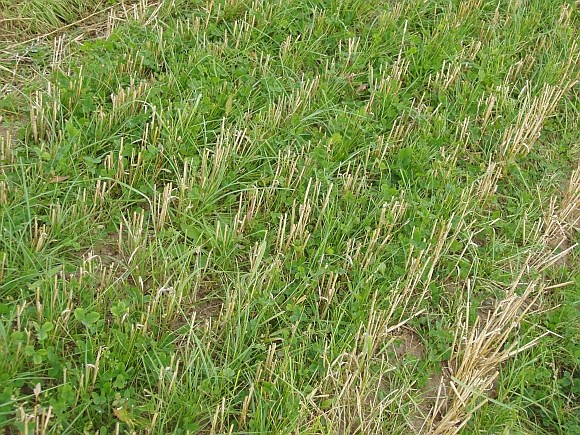Multifunctional cover crops

For stockless organic farming systems
Project responsible: Erik Steen Jensen, Department of Biosystems and Technology, SLU.
Cover crops (CC) are essential components of arable systems which retain nitrogen (N) and other nutrients, supply organic matter to soils and deliver a series of other ecosystem services/functions e.g. prevent soil erosion. Stockless organic systems require special focus on soil mineral N retention and input of symbiotically fixed N2 as well as supply of organic matter to build soil fertility and add nitrogen to the system to compensate for N in harvested food and feed crops. Cover crops can contribute to these services, but more knowledge is required on how to develop multifunctional of CC crops or crop mixtures and how to manage such crops to preserve the soil fertility, reduce nutrient loss to the environment, contribute to mitigation of climate change and recycle nutrients in the organic crop rotation.
The aim of the project is to:
- determine the efficiency of CCs in stockless organic systems for mineral N retention (N catch crops),
- for N2 fixation in autumn and spring,
- organic matter supply to the soil and
- the effect of CCs on the subsequent crop in the rotation.
Mixtures and sole CCs of common vetch, oil radish, hairy vetch and winter rye will be cultivated in an organic rotation after cultivation of spring barley and spring pea to obtain different levels of available soil N in the autumn in a 3-year project. Multifunctional annual CCs will be compared with an under-sown grass-clover CC. Dry matter production, mineral N in the soil profile, crop accumulation of mineral and symbiotically fixed N determined by stable isotope methodology as well as yield and N accumulation in subsequent crops will be determined.